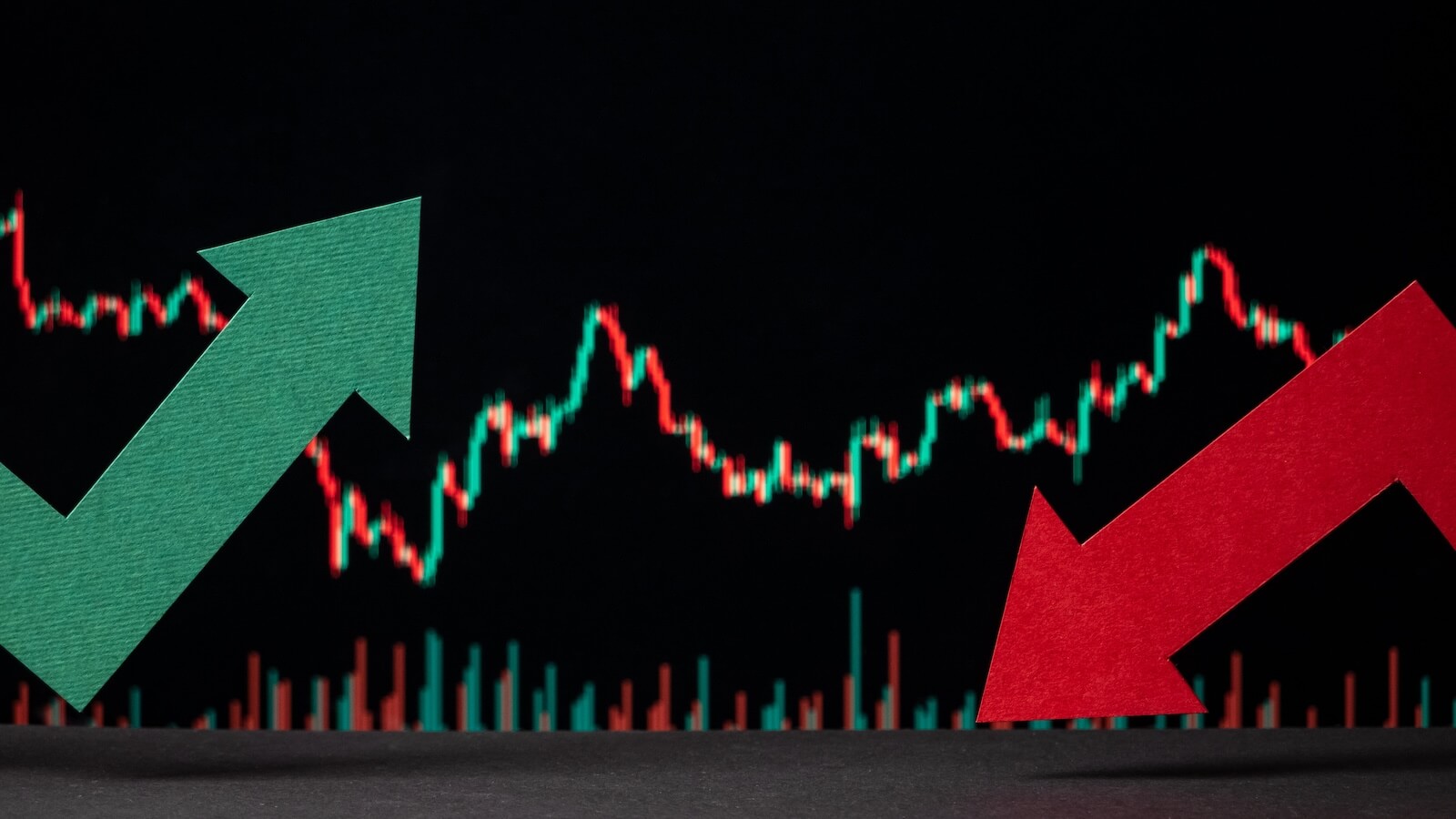 I’m on record in my book, “Investing with the Trend,” and probably in this blog of stating that Financial Academia is nothing more than the marketing department for Wall Street. When I do presentations about technical analysis and / or money management, I always begin with this slide:
I’m on record in my book, “Investing with the Trend,” and probably in this blog of stating that Financial Academia is nothing more than the marketing department for Wall Street. When I do presentations about technical analysis and / or money management, I always begin with this slide:
 Slide A
Slide A
That is usually an attention getter. I state that this formula is what Academia wants you to think modern finance is about. I’ll get back to that at the end of the article.
My formal education was in aerospace engineering. My education in “The World of Finance” came and continues to come from people in the investment industry I have grown to respect. I hate to list some as fear of leaving someone out, but Ed Easterling, John Hussman, and James Montier are certainly at the top of the list. Are these professionals always correct? Of course not, but they usually admit it and they write in such a manner that they know the uncertainty is always there and yet present valid arguments on a wide host of topics and concepts. The rest of the learning comes for reading literally hundreds and hundreds of white papers in finance and economics. This process caused my concern at the insane use of advanced mathematics, usually in the form of partial differential equations, to supposedly assist in making the point that the paper was addressing. I cannot tell you how many times I thought that most of the math was unnecessary and more often than not the paper would have stood alone without the math. In many instances, I think there is an attempt by most to overly complicate their work with mathematics with the belief that it brings credibility to their work. Another reason, and one I certainly cannot prove, is that they also know that most people who read their paper, other than their peers, will not grasp the math and just assume it is valid and necessary.
The senior special writer, Carl Bialik, of the Wall Street Journal, who writes a section called, The Numbers Guy is one of my favorite reads. As I was wrapping up research for my book and thinking that I had included enough opinions about things without substantial evidence, I was delighted to find support from Carl a section I called “Masking an Intellectual Void.” On January 4, 2013, he wrote two articles entitled, “Don’t Let Math Pull the Wool Over Your Eyes,” and “Awed by Equations.” Those articles referenced two papers that gave support to my belief in the overuse of mathematics and how readers of white papers generally were impressed with what they actually did not understand. Research was conducted using only the abstracts of two papers, one without math, and one with math; the catch being that the one with math was bogus, totally unrelated to the paper. Yet, the highest percentage of participants who gave the highest rating to the abstract with added math, based upon the participants’ educational degree, was as follows:
Math, Science, Technology 46%
Humanities, Social Science 62%
Medicine 64%
Other 73%
I think this shows that those who had a high probability of not understanding the math gave the paper with the bogus math a higher rating, while those who possibly did understand the math; did not.
Back to the equation at the beginning... The first part of the equation (Slide A) is Euler’s Identity (=1), the second part is the Pythagorean Identity (=1), and the sum is a little 9th grade trigonometry (=2). Technical Analysis cuts through all this nonsense and would just say:
1 + 1 = 2
Academia is the marketing department for Wall Street. Stick to Technical Analysis.
On April 1st (honest) I gave a speech to about 450 people in Houston for Lance Robert's "Real Investment Advice." I've been telling folks that it was probably my last one. Well, that is until someone makes me an offer I cannot refuse. See video here.
Dance with the Trend,
Greg Morris





